
A Week in the Field
To say that Ancash is beautiful is an understatement. I just got back from a week of Field-Based Training in that region, which sits north of Lima. I stayed in Carhuaz, a town of about 7,000 people sitting at 9,000 feet (and didn’t even take my altitude meds, holla). Each day, I traveled 30 minutes to Jangas, a smaller pueblo home to about 5,000 people, where I led activities similar to what I’ll be doing once in my permanent site. Basically, the point of FBT is to show us how service could actually look. In fact, one of us will actually be placed in Jangas. We rode 9 hours through the night to get to Carhuaz, arriving Monday morning.
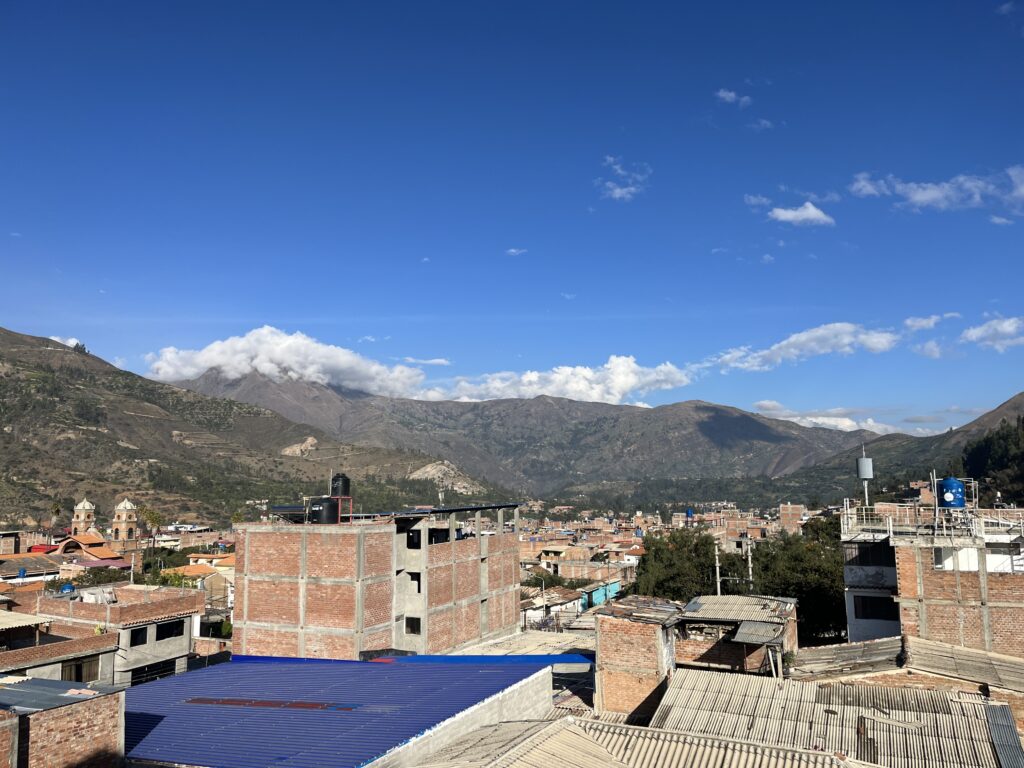
Right off the bat, we shadowed the director de tutoría at the colegio. Every school in Peru has tutoría about 2 times/week, which is essentially home room for 12-17 year olds (escuela secundaria, which makes up part of colegio). Students have lessons on anything from bullying, to self confidence, to time management. As a volunteer, this is where I’ll come in to teach students about all the above, and more. This week, I taught a class of 15 year olds about fortalezas personal (personal strengths), coming to realize that I actually like that age (I previously thought they’d be the worst to work with). The session was a success – which I gauge by leaving the classroom feeling energized, rather than defeated. The best part, volleyball, came after. This is where I thrive in terms of gaining respect with the kids.

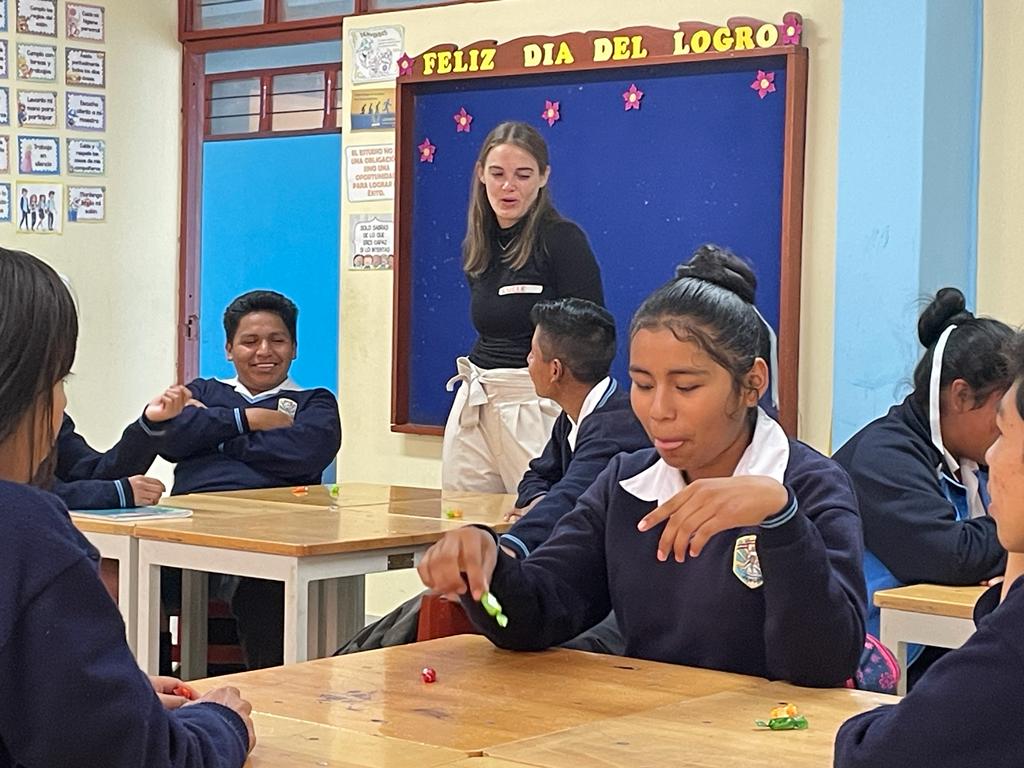
We also explored the centro de salud, and a larger health center called a microred, about 25 minutes away. Both cover your basic medical needs, with some specialists – dentistry, obstetrics, preventative care, etc. In some cases of emergency, the microred will deliver babies, but for the most part, those are sent further away to a more equipped hospital. We got to see the patient file room at the centro, where each person’s file revolves around their family history, where the medic literally draws a family tree (called a ‘familiograma’) to get a full picture of the person’s health … I LOVE this.
Mid-week, I accompanied a Agente Communitaria de Salud (ACS), on her house visits around Jangas. This occurred up in the mountain above Jangas, where we hiked from one house to another past goats, sheep, and cows, with a spectacular view on the other side. We spoke with a 7-month pregnant women about her vitamins and supplements, and with a mother of a 2-year old with anemia. The latter spoke of her struggles with offering iron-rich foods to her kid when she doesn’t have a refrigerator. Her son attends Cuña Más every day, which is an amazing, free program here that offers nutritious foods and daycare to vulnerable kids, but the mother explained how he’ll have to leave at the age cutoff of 3 years, leaving one year of no support before he can head into preschool at age 4.
Honestly, house visits are what I look forward to most once I get to my permanent post. They’re invaluable to understand what life is actually like for a mother or pregnant women. As we trekked down the mountain, Media (the ACS) was chatting in Quechua to people in the village – my first time really hearing the language. If I get placed here, I’ll have to learn Quechua … we shall wait and see on that one.
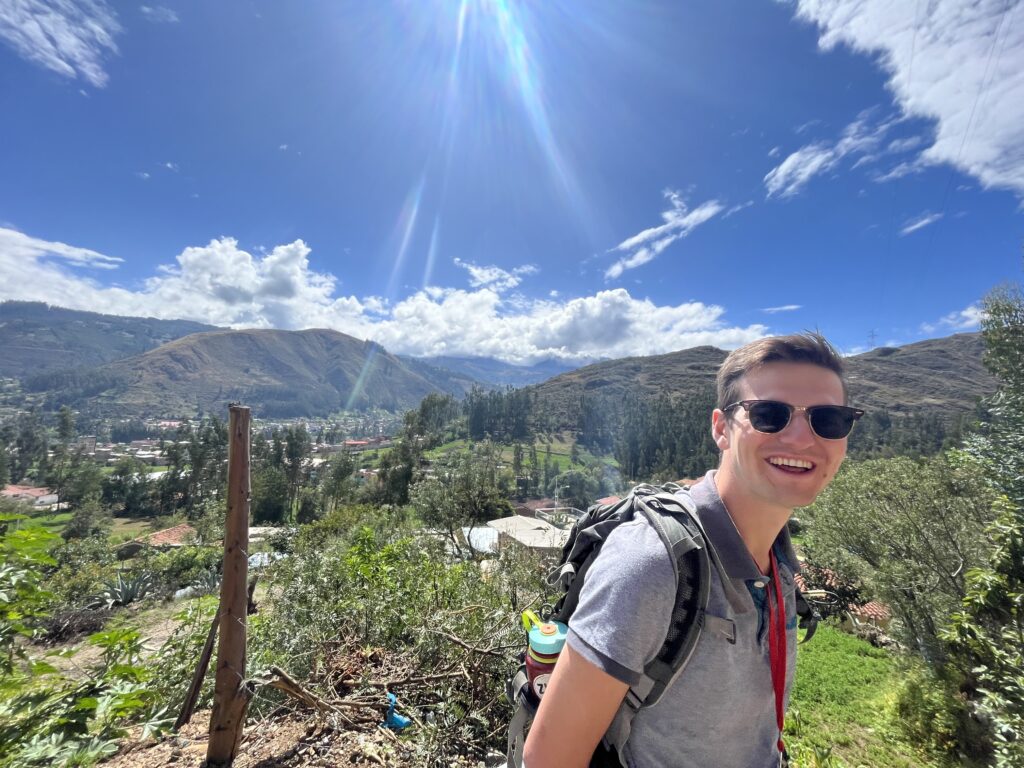
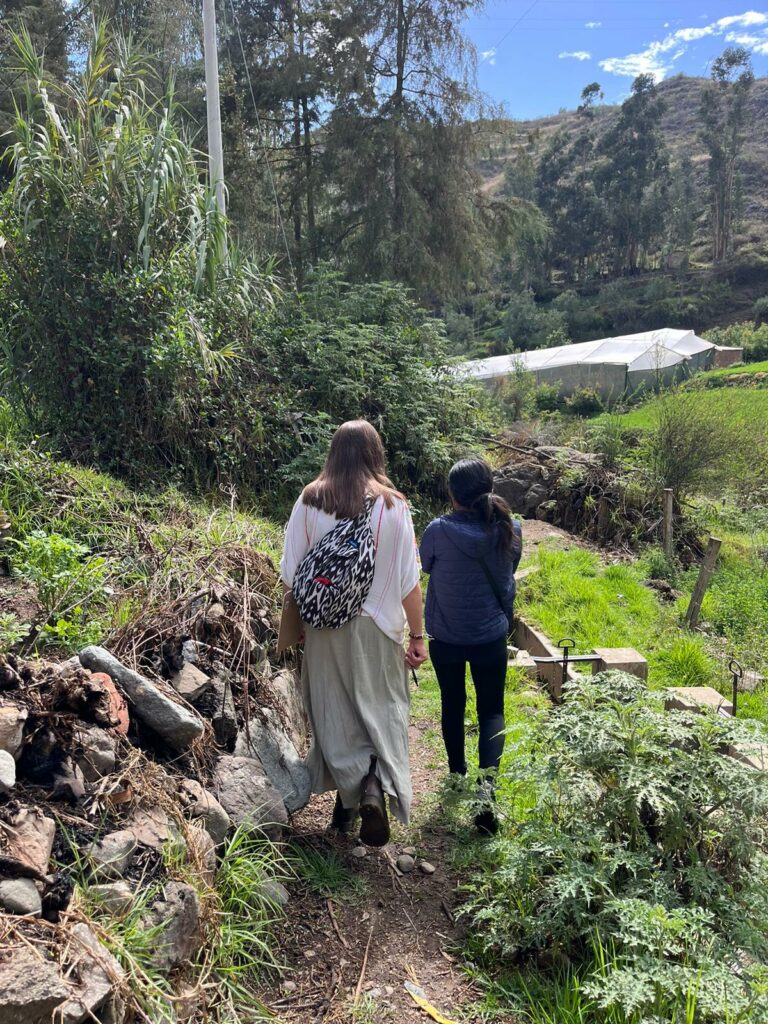
The final activity of the week was leading a demonstrative nutrition session alongside workers from the centro de salud. Our only audience members were ACSs, so as you might imagine, they already knew the info. The session was moreso for us to practice what it’s like to give a session, since we’ll be giving many such sessions to mothers once in our communities.
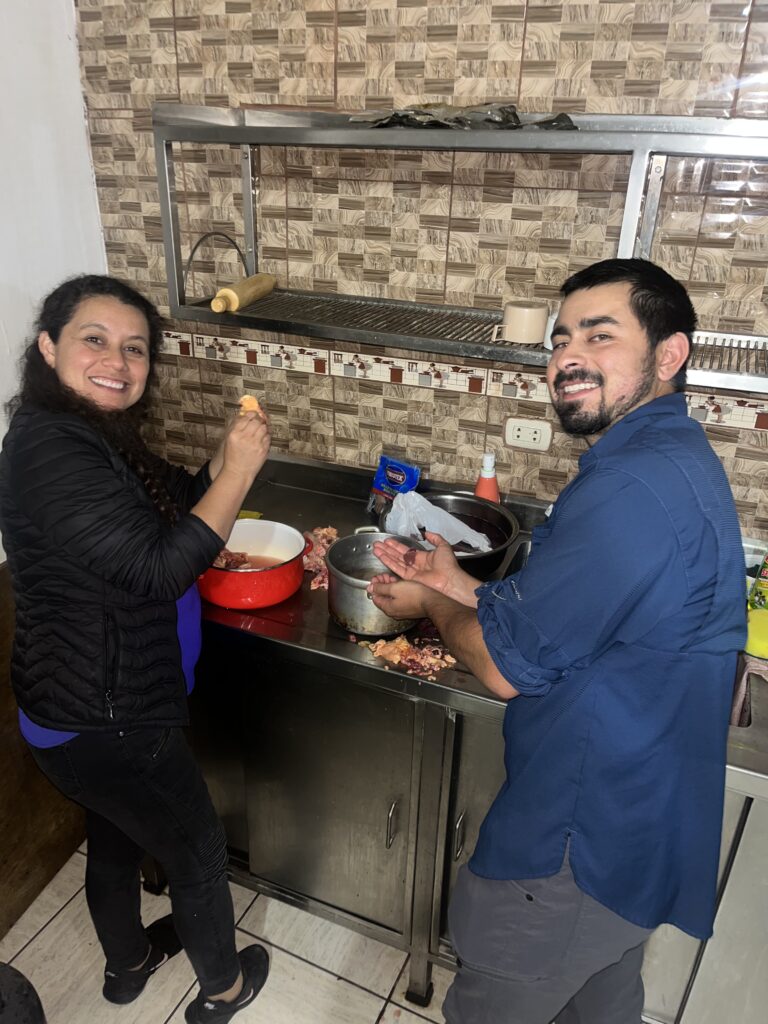
The night before, my group cooked the dishes in our hotel kitchen: pureé of higado de pollo (chicken liver), zapallo (pumpkin) and papa (potato) ; ají de pescado ; and lentejas a la jardinera (lentils with chicken liver and many a vegetable). The session consisted of descriptions of ingredients/preparation for each dish, accompanied by nutrition facts and the importance of iron and colors in food. I heard Kim in my ear the whole time, as she has preached good nutrition and colorful foods my whole life. Proud to have such a cool mom (love you Kim).
Bonus Pics from the Week
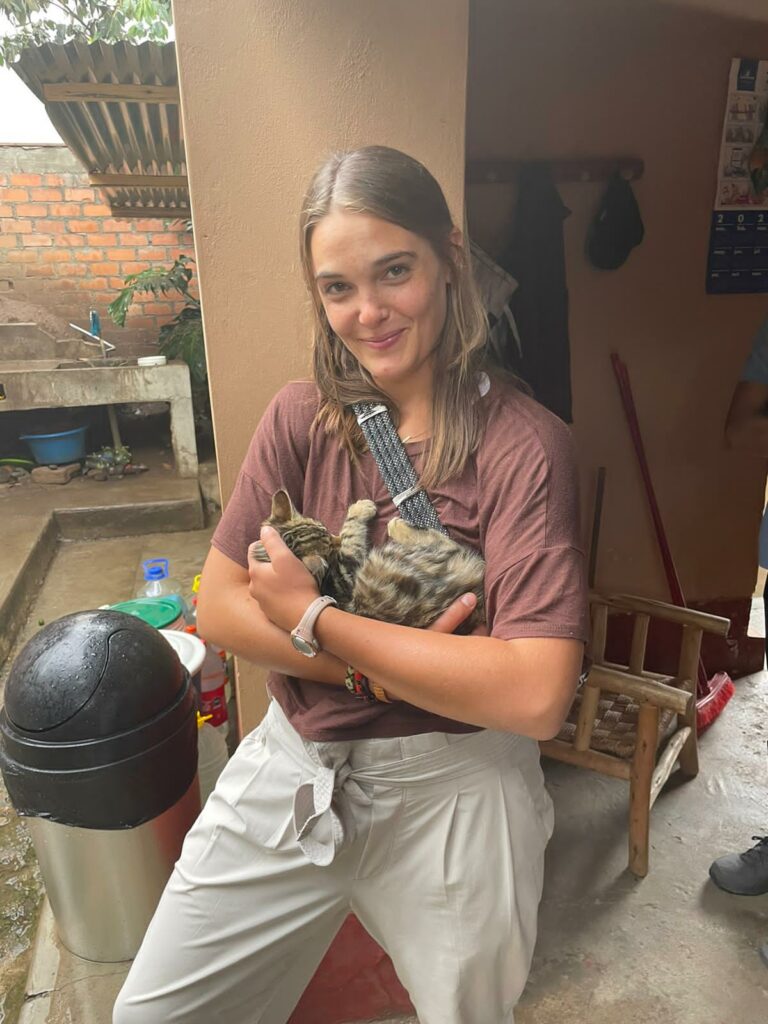
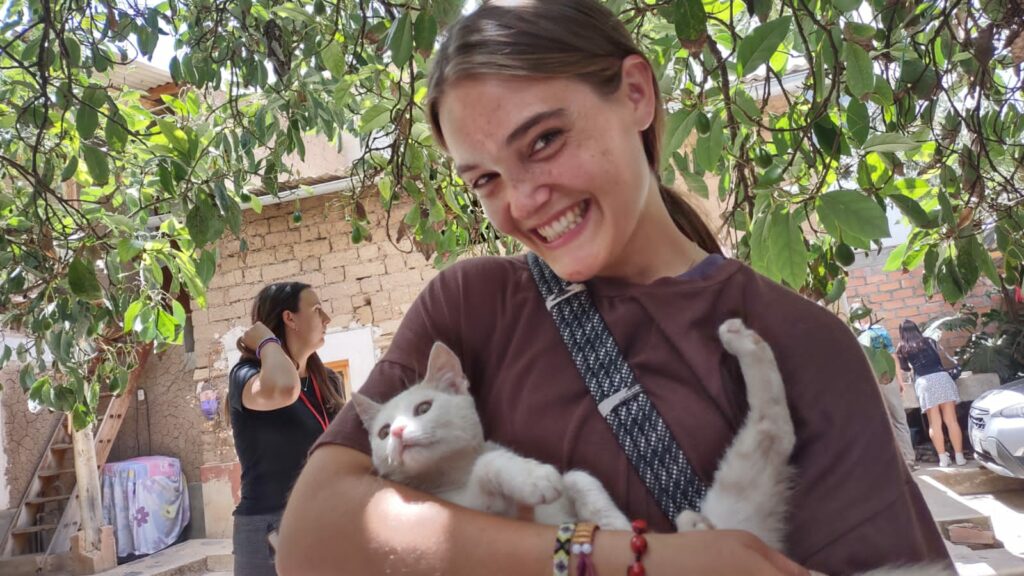
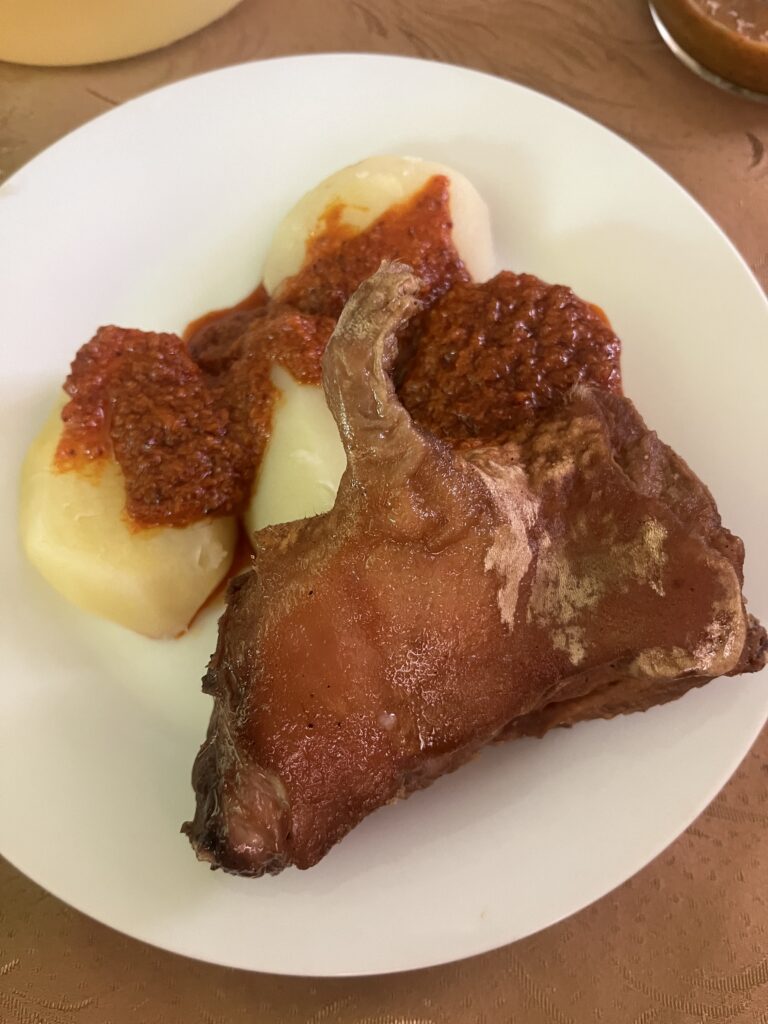
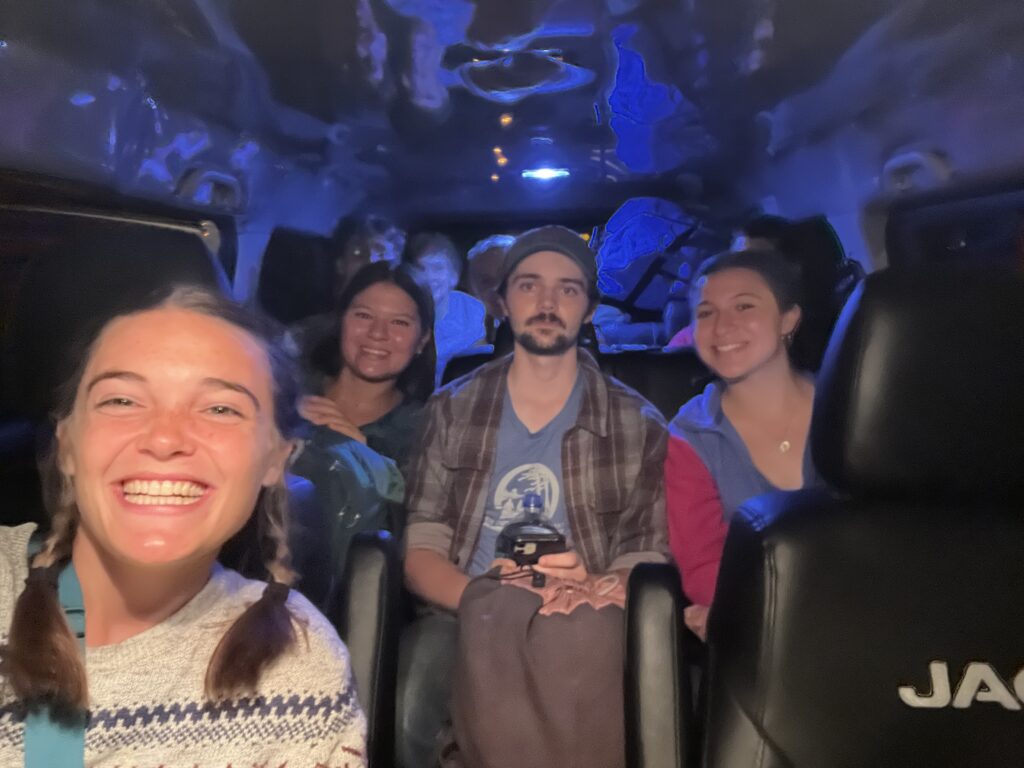
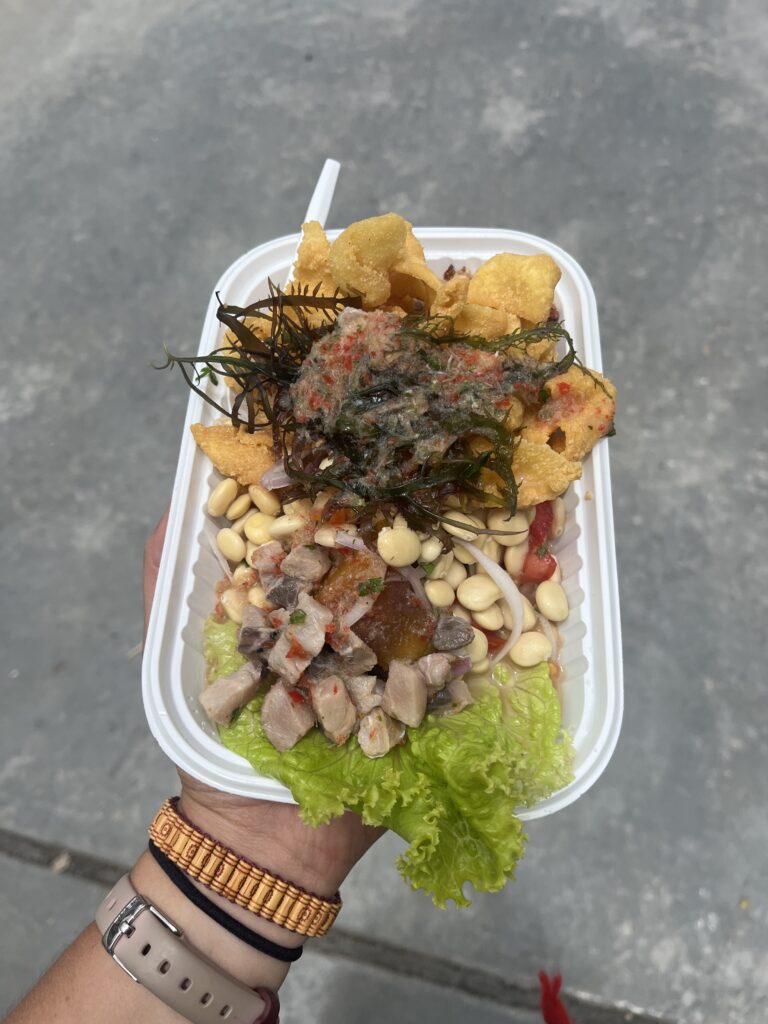
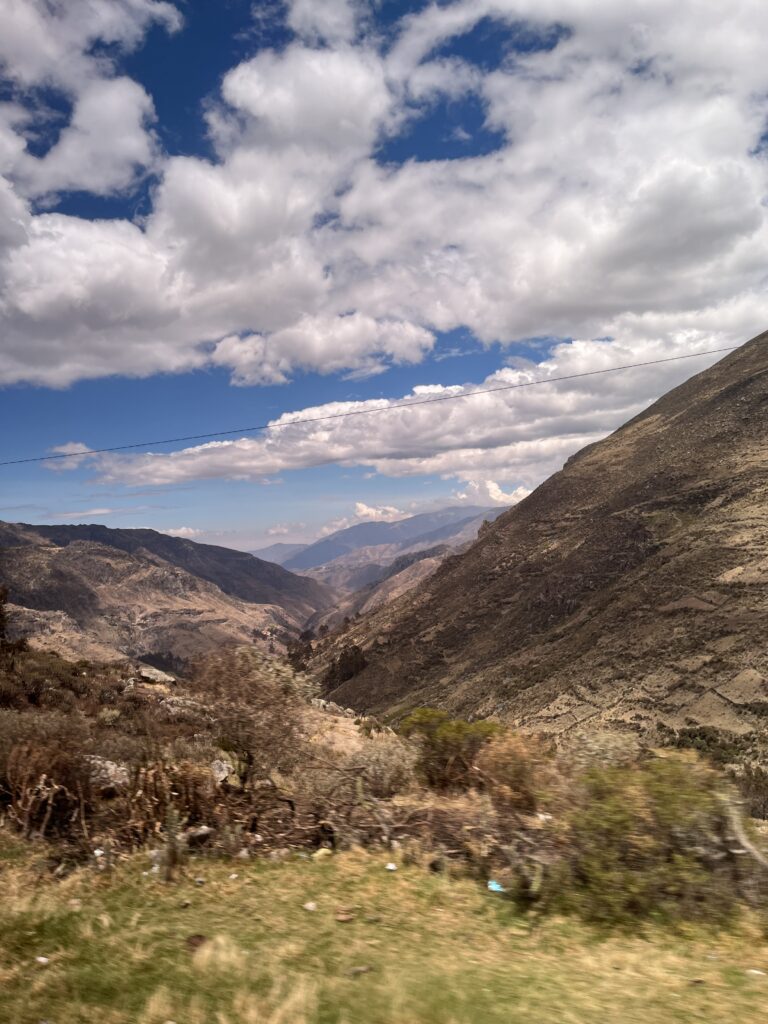

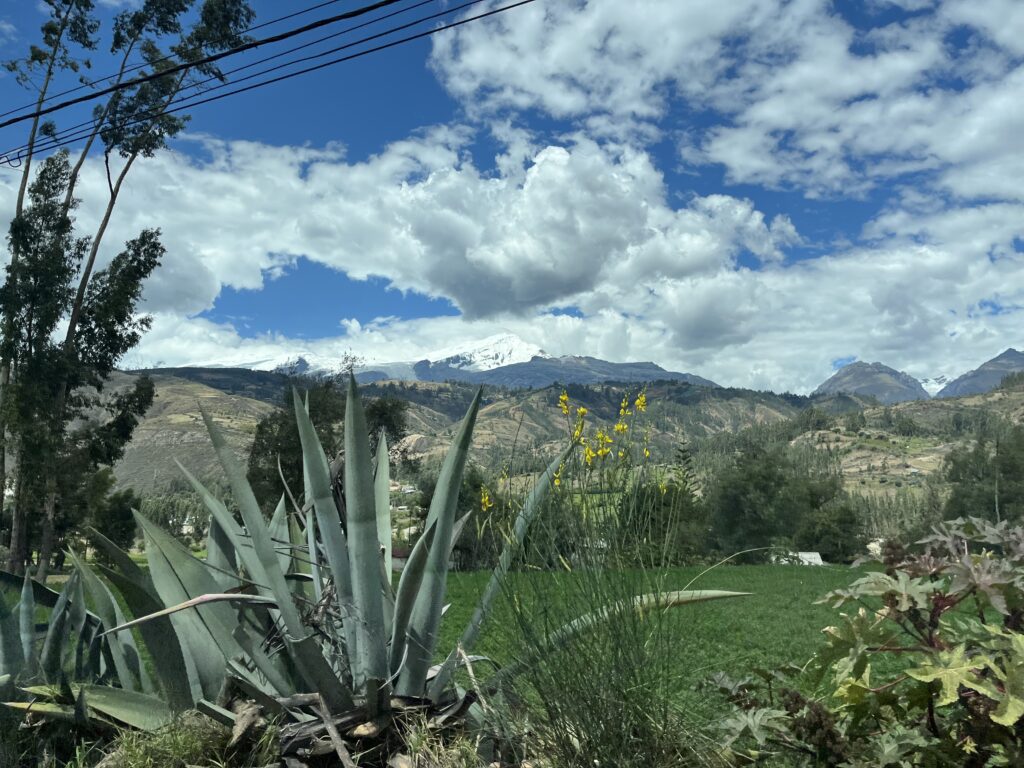
10 thoughts on “A Week in the Field”
Do you notice a difference in how Peruvian kittens act compared to American kittens?
Did you teach the children how to perform the Push-Up and the Pull-Up? I believe it was the great Socrates who once said
“It is a disgrace to grow old through sheer carelessness before seeing what manner of man you may become by developing your bodily strength and beauty to their highest limit”
Semper Fi
First, no kitten will ever match that of Homer.
Second, I doubt Socrates was even yoked.
Semper Fi
Wow soooo cool Lucie love seeing all the pics and hearing your updates 🙂
<3
We are loving reading about your training and observations, and secretly marveling at how perfect the timing is for this adventure in your life. So excited for you!
Thanks Kate!!
I just love reading your updates. You do a great job of describing your daily activities and events. Please keep up the good work.
Thanks Holly!
Okay, 1st how was the Guinee Pig….we almost tasted it in Peru but then said no…..
Love your post. You are so bonding with everyone, of course, and just loving the experience!! House visits is what I did the most outside of the clinics that I held, always the best experience because how they live and we live are complete opposite experiences. Learning their ways and how to both appreciate it and teach them other ways is so important. Can’t wait to see where you get posted…..so much excitement lays ahead!!! Love you girl and so proud of you!!!
The guinea pig was not too bad! The skin was pretty tough, but the meat basically tasted like dark chicken. Pretty messy to eat as you have to work hard to find the meat…
And yes, I am so excited for house visits! I think it will be such an amazing way to get to know the community. Topics will range from breast feeding, to iron supplements, to adolescent health, all kinds of things. Love you SAP!!